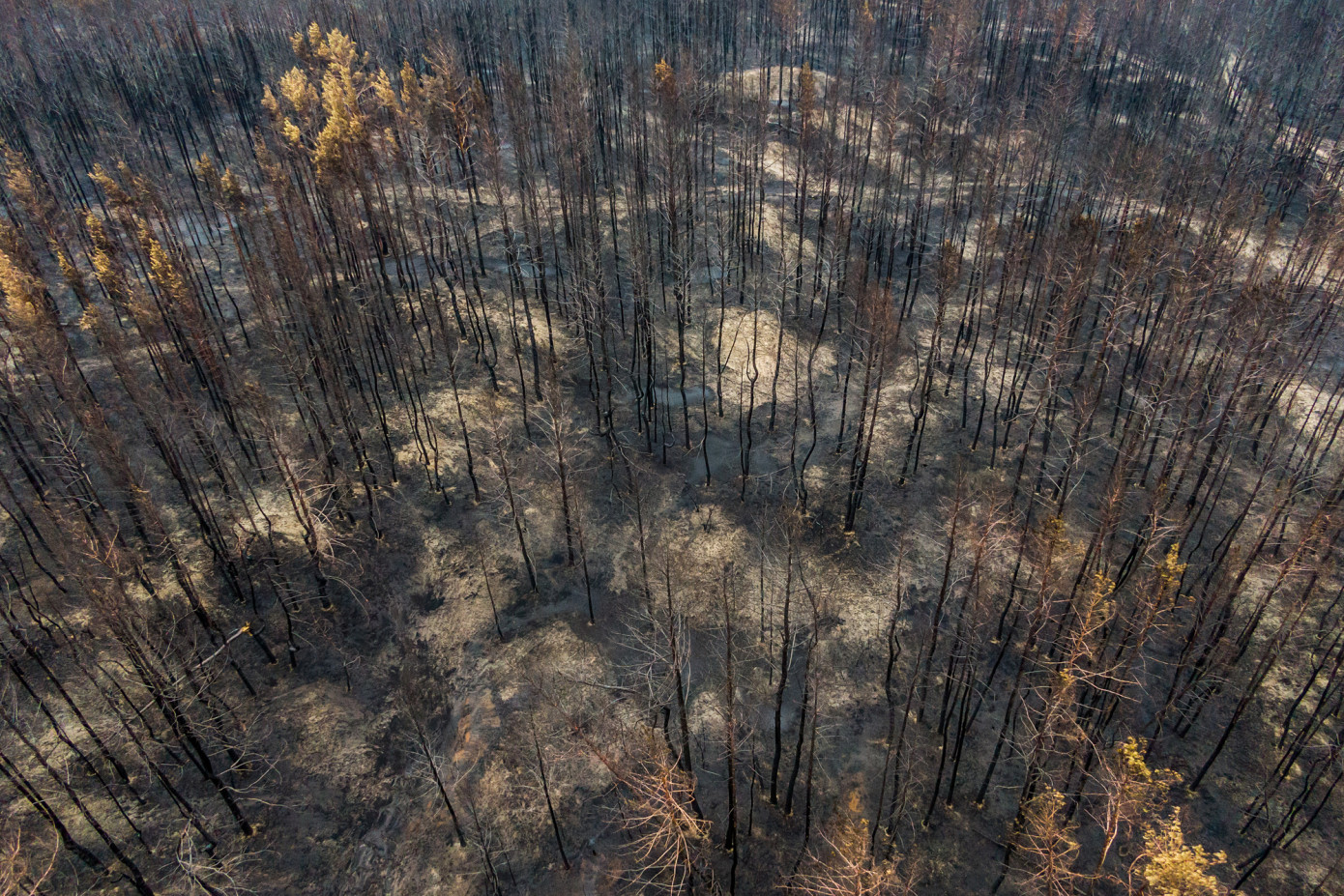A new study by an international research team reveals that Ukraine’s forests, covering approximately 11.2 million hectares, have suffered extensive damage as a direct result of Russia’s full-scale invasion in 2022. The researchers estimate that around 1.7 million hectares, or 15% of the total forest area, could be directly affected by military activities, including shelling, contamination, and unexploded ordnance.
The study, led by Viktor Myroniuk from the National University of Life and Environmental Sciences of Ukraine, in collaboration with researchers from the USDA Forest Service, Oregon State University, and Sweden’s Agricultural Sciences, used advanced remote sensing technologies to assess the state of Ukraine's forests. The team combined field data with satellite imagery from the European Space Agency’s Sentinel-2 program to map forest cover changes and identify tree species distributions in regions heavily impacted by the war.
Russia's invasion has led to widespread destruction across the country, affecting both urban and rural environments. Forests, in particular, have been severely impacted by the fighting. The research found that 67,000 hectares of forest have experienced canopy disturbance, with northern, eastern, and southern regions facing the most significant losses. Some of the hardest-hit areas include the Chornobyl Exclusion Zone, forests in Kharkiv and Luhansk oblasts, and the southern Kherson region, all of which have seen heavy fighting since the war began.
The research team also identified that forests in combat zones now face not only direct destruction but also long-term threats. Landmines and unexploded ordnance make these areas unsafe for forest management, hindering reforestation efforts. In these war-affected regions, forests store approximately 377 million cubic meters of timber, or 14% of Ukraine’s total growing stock volume, making their loss economically and environmentally significant.
The study marks the first nationwide forest resource inventory conducted during the war and offers a vital baseline for future monitoring and recovery efforts. The research team mapped forest areas with up to 90% accuracy in ecozones with more than 40% forest cover. They found that coniferous forests, particularly Scots pine and spruce, dominate northern and mountainous regions like the Carpathians, while mixed deciduous forests are more common in central and southern parts of the country.
By combining ground data and satellite observations, the team developed a highly accurate model for predicting forest changes even in Russian-occupied territories, where access is limited. This method provides essential tools for monitoring ongoing forest damage and supports post-war recovery efforts.
